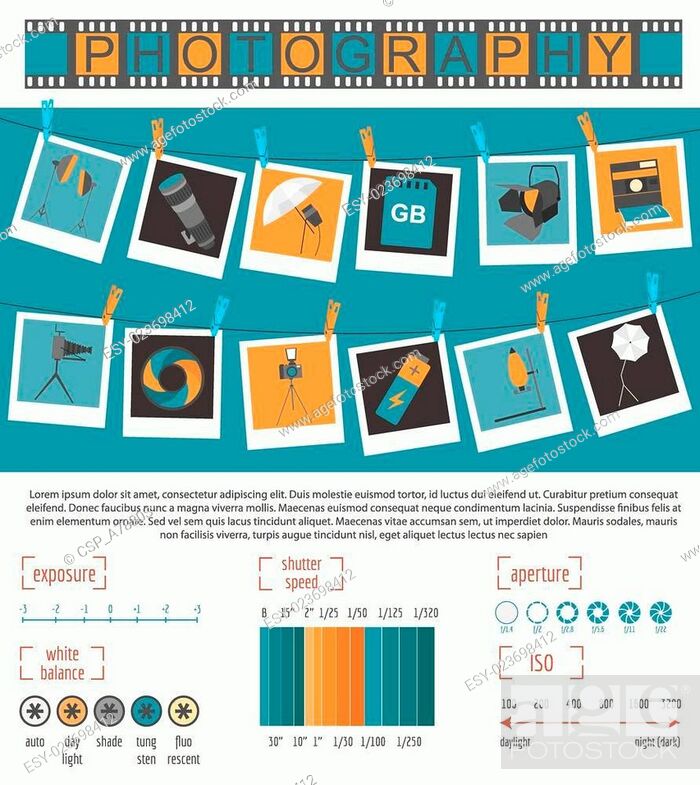Digital Photography Tips For Beginners: Understanding Your Camera In A Snap
Digital Photography Tips For Beginners: Understanding Your Camera In A Snap
Blog Article
Authored By-Tobin Odgaard
When you first grab your cam, it can really feel frustrating with all the settings and options offered. You might find yourself questioning exactly how to navigate aperture, shutter speed, and ISO properly. Grasping these principles is vital, however there's more to photography than simply technical knowledge. Understanding structure strategies and lights conditions can raise your photos significantly. So, what if you could find out simple techniques to boost your skills and begin recording outstanding pictures faster than you assume? Let's discover how to change https://www.thepilot.com/news/photographer-with-autism-captures-southern-pines-heart/article_64aeb4f0-17bc-11ea-b120-93d98fe5ca27.html .
Understanding Electronic Camera Setups
Understanding your camera setups is essential for capturing sensational photos. When http://lorelei29garland.xtgem.com/__xt_blog/__xtblog_entry/__xtblog_entry/37571387-crucial-digital-photography-equipment-what-you-truly-required-to-start?__xtblog_block_id=1#xt_blog get your electronic camera, familiarize yourself with the three main settings: aperture, shutter rate, and ISO. Each plays an essential role in exactly how your images end up.
Begin with aperture, which regulates the amount of light entering the lens. A wider aperture (lower f-number) allows a lot more light and develops a lovely history blur, perfect for portraits. On the other hand, a narrower aperture (higher f-number) maintains even more of the scene in focus, suitable for landscapes.
Next, concentrate on shutter speed. This setting determines how long your electronic camera's sensor is exposed to light. A rapid shutter speed ices up motion, which is great for activity shots, while a slow-moving shutter rate can create spectacular results like smooth water in landscapes.
Lastly, adjust your ISO. This setting impacts your video camera's sensitivity to light. A greater ISO works in low-light scenarios but can present noise or grain. https://zenwriting.net/rodger631cassidy/contrasting-popular-cameras-which-one-is-best-for-you for the most affordable ISO feasible while still achieving appropriate direct exposure.
Structure Methods
When you're out capturing, composition can make all the distinction in how your photos reverberate with visitors. Start by using the rule of thirds; visualize your structure split right into 9 equivalent sections with two straight and two upright lines. Position crucial elements along these lines or at their intersections to produce equilibrium and interest.
Next off, take into consideration leading lines. These all-natural lines in your scene, like roadways or rivers, attract the viewer's eye right into the photograph, leading them with the tale you're informing.
Do not forget mounting; usage elements within your scene, like trees or home windows, to produce a frame around your subject, adding deepness and focus.
Also, keep an eye on your background. A chaotic background can distract from your main subject, while a straightforward one helps it stand apart.
Last but not least, explore symmetry and patterns; they can develop a striking photo that catches focus.
Mastering Lighting Issues
Grasping illumination conditions is crucial for catching spectacular pictures, as the best light can transform a normal scene into something amazing.
Beginning by observing all-natural light at different times of the day. Mornings and late afternoons provide the very best light, known as the gold hour. The soft, warm tones during these times can boost your pictures wonderfully.
Do not shy away from cloudy days either; diffused light can lessen harsh shadows and produce a pleasing result, especially for pictures.
Experiment with backlighting by positioning your topic against the source of light. This strategy can create a fanciful halo effect and add deepness to your photos.
Take note of your video camera setups too. Adjust the ISO, aperture, and shutter rate to suit the lighting problems. A higher ISO can aid in low light, but beware of grain.
Utilize a tripod in darker settings to avoid blur.
Last but not least, do not forget artificial lights. Flash and constant lights can be wonderful devices for regulating light in challenging problems.
Final thought
In conclusion, understanding your electronic camera doesn't have to be overwhelming. By recognizing your setups, applying make-up strategies, and harnessing the power of all-natural light, you'll quickly elevate your photography abilities. Remember, https://writeablog.net/danilo93thomas/open-your-mind-to-a-world-of-ingenious-photography-ideas-that-test makes best, so go out there and try out your newly found expertise. With time and commitment, you'll be catching magnificent photos that reflect your one-of-a-kind perspective. Appreciate the journey, and do not forget to enjoy while you're at it!
